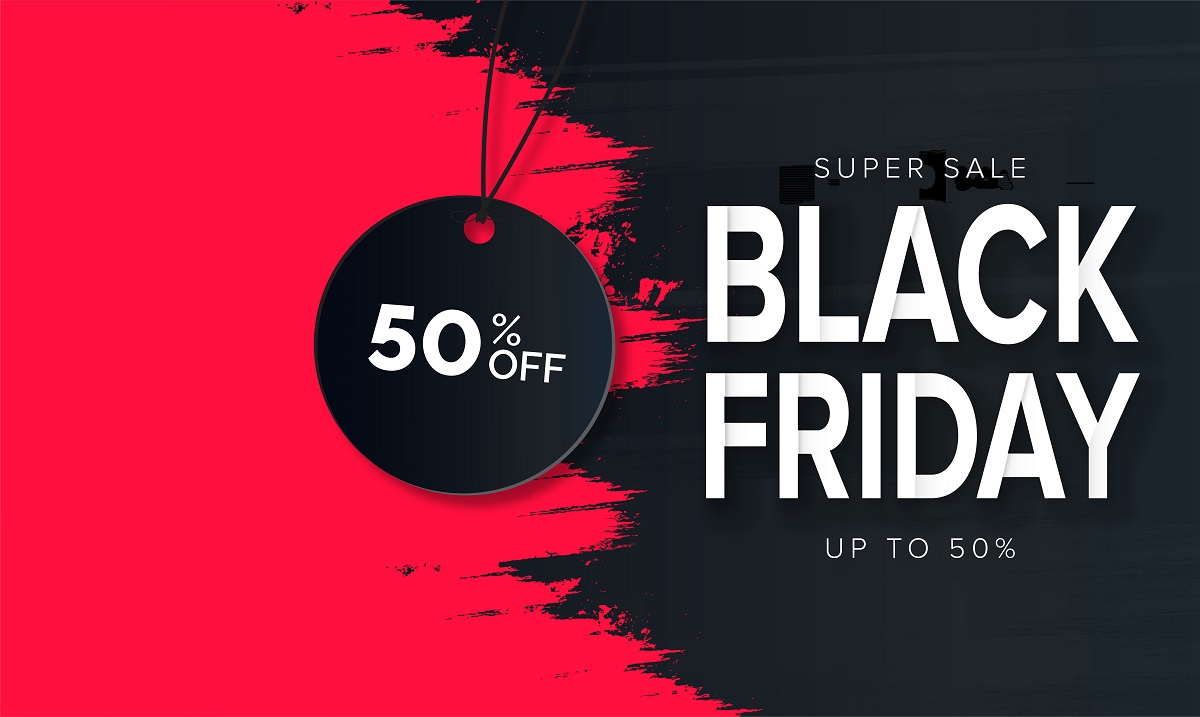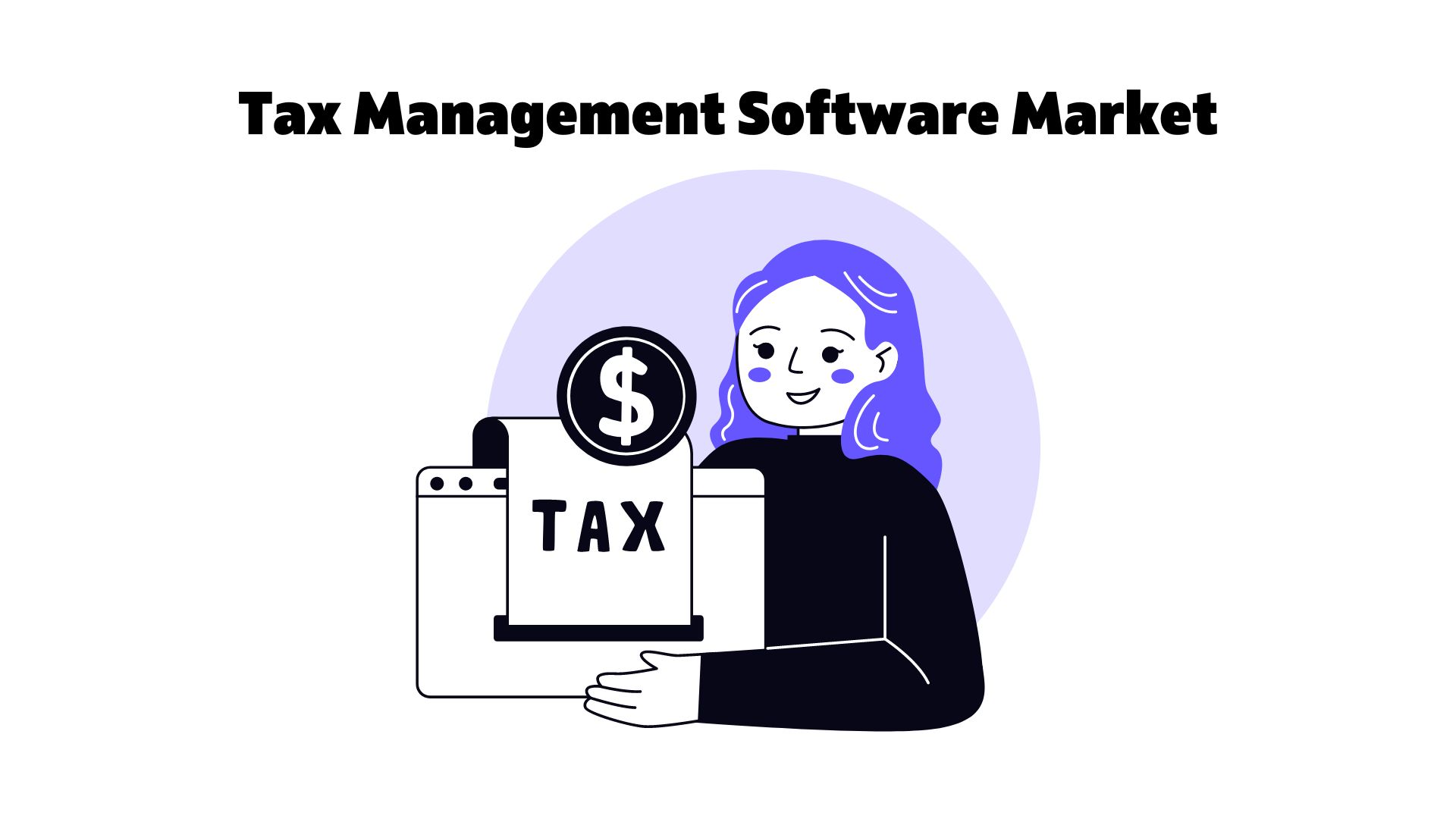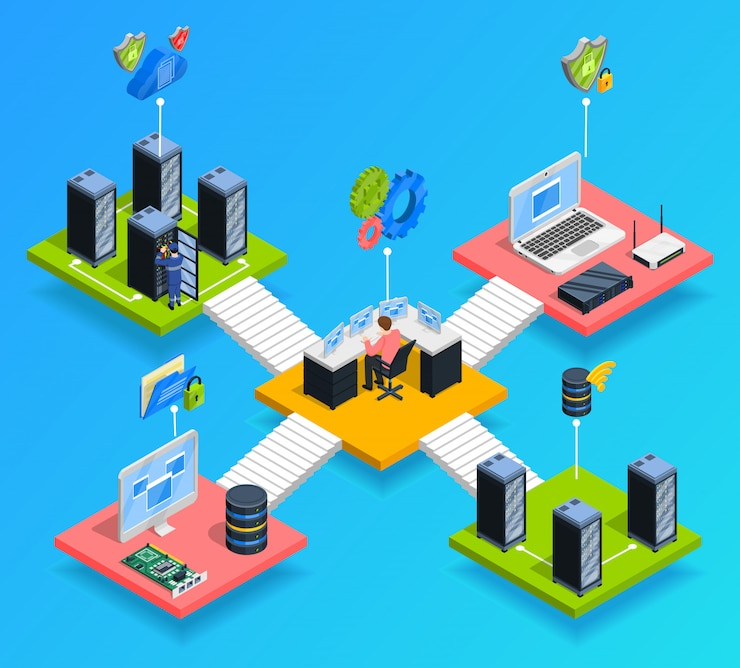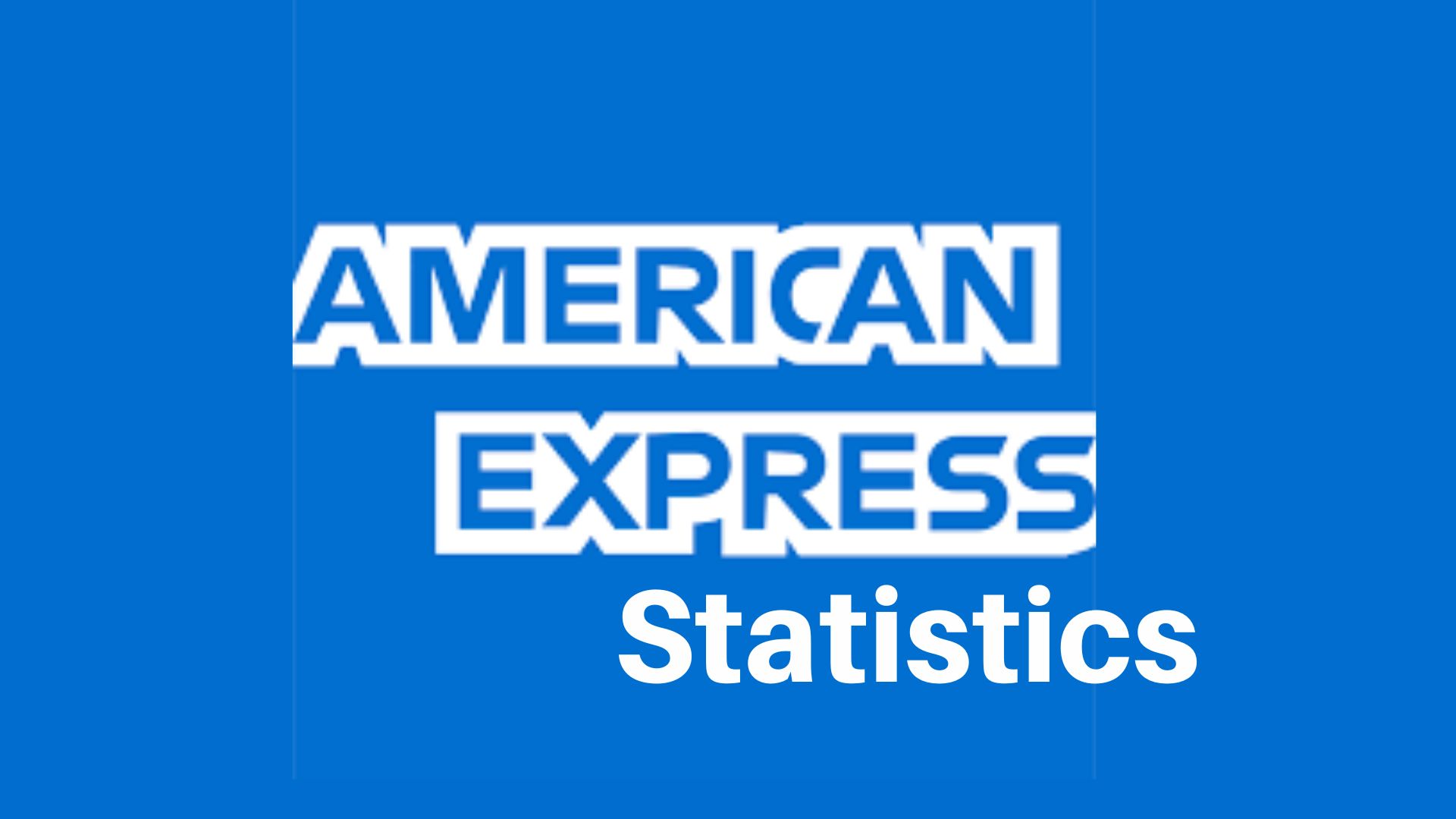Software-as-a-Service (SaaS) has become an integral part of business operations and strategies. As more organizations adopt cloud-based solutions, the SaaS industry continues to grow exponentially. This report takes a data-driven look at the current state of SaaS, analyzing statistics and trends that define this market in 2023.
Introduction
SaaS refers to cloud-based software applications that are licensed on a subscription basis. Instead of installing software locally, users access SaaS apps over the internet. The SaaS model offers advantages like lower upfront costs, flexibility, and scalability.
According to Gartner, the SaaS market will reach $225 billion in 2023, growing at a CAGR of 19.5%. SaaS spending now accounts for 17% of all enterprise software spending. As per Statista data, over 95% of enterprises now use SaaS in some capacity.
This report compiles key SaaS statistics to understand the size, growth, adoption trends, and future outlook of this market. It analyzes data from reputable research firms like Gartner, Statista, and Forrester.
SaaS Market Size and Growth
- The SaaS market is projected to grow from $145 billion in 2021 to $225 billion in 2023, at a CAGR of 19.5%. (Gartner)
- Global spending on public cloud services will exceed $500 billion in 2023, up from $313 billion in 2020. (Gartner)
- SaaS accounts for over 22% of total public cloud spending in 2023. (Gartner)
- The CRM software segment accounts for over 25% of SaaS market revenue. (Statista)
- Collaboration software like Microsoft 365 and G Suite account for around 16% of the SaaS market. (Synergy Research)

SaaS Adoption Statistics
- As of 2022, 95% of businesses use SaaS apps in some form. (BetterCloud)
- The average enterprise uses 110+ SaaS apps as of 2021. (Blissfully)
- Enterprises with over 1000 employees use an average of 243 distinct SaaS apps. (Blissfully)
- SaaS apps account for over 75% of IT budgets in 2021. (Blissfully)
- Collaboration tools like DropBox and Slack saw 15-25% more usage during the pandemic. (Okta)
Top SaaS Categories
- The top SaaS categories by market share are:
- CRM at 22%
- Collaboration at 16%
- HCM at 11%
- ERP at 6%
- SCM at 5%
- Vertical-specific SaaS solutions for industries like healthcare, education, and manufacturing are rising rapidly.
- Artificial Intelligence and Machine Learning integrated SaaS solutions across all categories will drive growth.
SaaS User Demographics
- 61% of SaaS users are Gen X and Baby Boomers, while 39% are Millennials and Gen Z. (Blissfully)
- Department-wise, Sales teams have the highest SaaS usage at 25%, followed by Marketing at 20%. (Blissfully)
- Over 80% of employees use more than one SaaS app for work. (BetterCloud)
- 57% of employees say they need better SaaS training, while 49% say onboarding with new SaaS apps is a challenge. (BetterCloud)
SaaS Market Share Leaders
- The top 5 SaaS vendors by market share are Microsoft, Salesforce, SAP, Oracle, and Adobe. (Synergy Research)
- Microsoft’s SaaS offerings like Office 365 and Dynamics 365 account for over 17% of SaaS market revenue. (Canalys)
- Salesforce has around 9% SaaS market share with solutions like Sales Cloud and Service Cloud. (Synergy)
- SAP’s SaaS revenue grew by 28% in 2021 driven by cloud ERP and HANA solutions. (SAP)
SaaS User Spending and Satisfaction
- Average monthly spending on SaaS apps per employee is $343. (Blissfully)
- Around 75% of SaaS users say apps have reduced IT headaches and made workflow more efficient. (BetterCloud)
- However, 49% of employees complain about too many SaaS apps, 37% about security risks, and 22% about lack of integration. (BetterCloud)
- 61% of IT leaders plan to consolidate SaaS apps for better visibility and control. (Blissfully)

SaaS Security Concerns
- 66% of IT professionals feel they lack adequate visibility into SaaS app usage. (McAfee)
- 57% of businesses experienced a SaaS data breach or failed audit in 2021. (BetterCloud)
- Over 90% of IT leaders report concern about data security, compliance, and threat protection with remote SaaS apps. (McAfee, BetterCloud)
- Top SaaS security priorities are DLP, malware protection, access controls, and activity monitoring. (McAfee)
- Only 29% of companies continuously monitor user activities across SaaS apps. (McAfee)
Growth Drivers for SaaS
- Flexibility, cost-efficiency, reduced hardware needs, and scalability are driving SaaS adoption.
- Millennials and Gen Z prefer cloud and mobile solutions over legacy on-premise software.
- COVID-19 pandemic has accelerated digital transformation and remote work trends.
- SaaS enables businesses to leverage powerful technologies like AI/ML, cloud analytics, blockchain etc.
- Vendors are focusing on vertical-specific SaaS solutions for niche industries.
Outlook and Predictions
- SaaS market growth is outpacing traditional software delivery models.
- As per IDC, over 95% of new software investments will be in SaaS by 2025.
- By 2025, 45% of enterprise IT spending will be on cloud-based infrastructure and apps. (IDC)
- Competition will intensify as new players enter the SaaS market across all categories.
- Niche SaaS startups will continue disrupting enterprise software vendors.
- Encryption, cloud access security brokers, and user behavior analytics will mitigate SaaS security risks.
FAQs
Q1: What percentage of enterprises use SaaS apps today?
A1: According to BetterCloud’s 2021 State of SaaS report, over 95% of enterprises now use SaaS applications in some form. SaaS adoption has risen exponentially in recent years.
Q2: Which industry spends the most on SaaS solutions?
A2: The banking and financial services industry spends the most on SaaS apps, followed by healthcare, according to Blissfully data. BFSI companies use SaaS for core systems as well as customer engagement.
Q3: What are the benefits of SaaS over traditional on-premise software?
A3: Lower costs, scalability, flexibility, mobility, reduced hardware needs, faster deployment, and regular updates/upgrades are key advantages of the SaaS model over legacy software delivery.
Q4: What are the top SaaS apps used by businesses today?
A4: Microsoft Office 365, Salesforce Sales & Service Cloud, Google Workspace, Box, Slack, Zendesk, Dropbox, Adobe Creative Cloud, SAP Cloud Platform are among the most widely used SaaS apps.
Q5: How can businesses enhance SaaS management and security?
A5: IT teams can deploy SaaS management platforms for centralized visibility, access controls, data security, and user monitoring across cloud apps. Cloud access security brokers and data loss prevention tools also improve SaaS security.
Q6: Which companies dominate the SaaS market?
A6: Microsoft, Salesforce, SAP, Oracle, Adobe, IBM, and Google dominate the enterprise SaaS market. Niche players lead vertical-specific SaaS solutions.
Conclusion
The SaaS industry shows no signs of slowing down, given the clear cost and productivity benefits of cloud-based subscription software for businesses. As remote work environments become permanent fixtures, enterprises will adopt integrated SaaS solutions for communication, collaboration, CRM, HCM, and other needs.
Vendors are enhancing SaaS capabilities with emerging technologies while addressing data security concerns. With the meteoric rise of SaaS, on-premise software is becoming relegated to legacy systems. The outlook indicates that SaaS platforms and applications will continue dominating enterprise IT budgets and strategies.
ABOUT AUTHOR

Kundan Goyal possesses a wealth of experience in Digital Marketing, offering valuable insights to businesses of all sizes. He actively contributes to industry-specific PR, news outlets, and forums, shaping discussions and driving forward-thinking strategies. Outside of work, HE enjoys carrom and has a deep passion for news editing and research. His strength lies in helping companies make informed, strategic decisions and predicting future trends. With his dedication and innovative approach, he is a versatile professional who brings a unique blend of skills and expertise to the ever-evolving digital landscape, enabling businesses to thrive in this dynamic environment.








